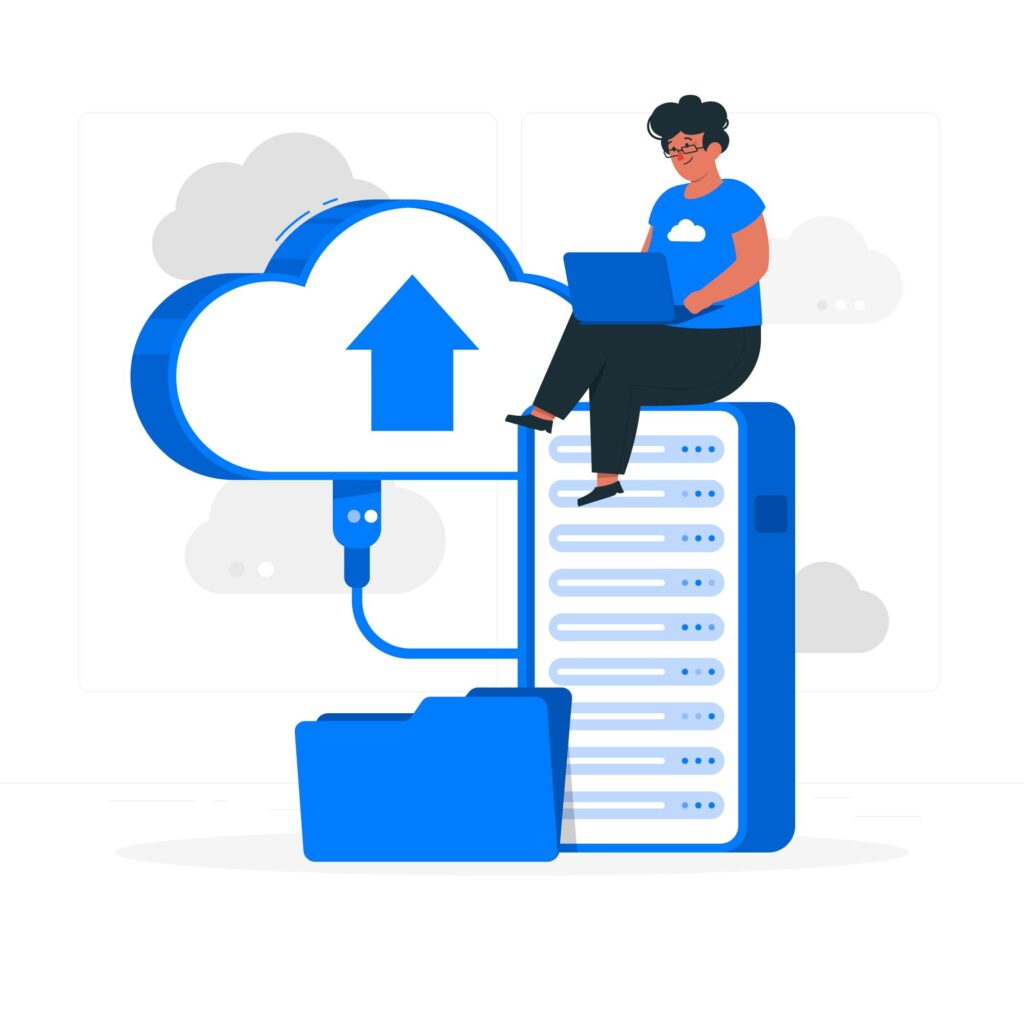![]()
When we gather in IT circles, whether it’s developers (Devs), technical project managers (TPMs), or product managers (PMs), conversations often revolve around information security. One recurring topic that sparks deep discussion is how to run an API securely & successfully. It’s not just about getting the API to work; it’s about ensuring it’s well-designed, secure, performant, and scalable. One such discussion prompted me to dive deeper into the world of APIs and explore what it truly takes to manage them effectively. Based on that research, here’s a breakdown of the key fundamentals involved in running an API securely and successfully. Before I dive into my thought process in detail, here are some key areas this discussion will cover: 1) API Design & Architecture, 2) Scalability & Reliability, 3) Logging & Monitoring, 4) Security & Authentication, 5) Developer Experience & Documentation:
API Design & Architecture – Choose a suitable architectural style based on your use case scenarios such as REST vs. GraphQL vs. gRPC etc. Define clear, consistent, and versioned endpoints – Use JSON or XML with well-defined schemas – Best to follow standard HTTP status codes e.g., 200 OK, 400 Bad Request etc.
Authentication & Security – Use OAuth 2.0, JWT, or API keys for secure access – Prevent API abuse by limiting API requests per user/IP – Control which domains can access your API – Use HTTPS (TLS) to encrypt data in transit – Prevent injection attacks by sanitizing and validating inputs – Use caching strategies such as – Redis, CDN, HTTP caching etc. to reduce load – Distribute requests efficiently throughout multiple servers– Use queues and background jobs for long-running tasks – Use gzip or Brotli to reduce response payload size.
Monitoring & Logging – Track latency, error rates, and usage patterns – Store request and error logs for debugging and analysis – Use distributed tracing tools i.e. OpenTelemetry to troubleshoot performance issues – Set up alerts for downtime or unusual traffic spikes.
Scalability & Reliability – Use multiple instances or containers for high availability – For Microservices Architecture – Break down monolithic APIs for better maintainability For Optimization – Use indexing, replication, and partitioning to scale databases. For Redundancy – Ensure that backup systems and disaster recovery (DR) plans are in place
Developer Experience & Documentation – Use tools such as Swagger (OpenAPI) to document endpoints – Provide SDKs for easy integration – For Testing, Implement automated API tests using tools like Postman or Jest – Use a Version Control strategy i.e v1, v2, etc. to manage API changes
Quick Wrap Up – As a wise (Network) person once said, ‘It’s not just about building something that works. Rather, it’s about building something that lasts.’ Running an API successfully is more than technical skill; it’s a mindset of thoughtful design, security consciousness, and long-term thinking. With right fundamentals in place, we’re not just creating connections between systems, we’re building trust, reliability, and resilience across this digital world.


